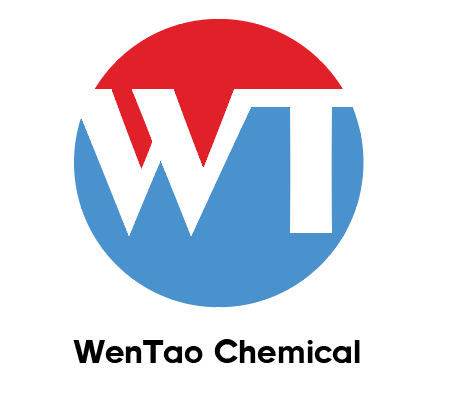102-08-9 1,3-Diphenyl-2-thioureaCAS NO.: 102-08-9 CAS NO.102-08-9
- FOB Price: USD: 4.00-5.00 /Gram Get Latest Price
- Min.Order: 1 Gram
- Payment Terms: L/C,D/A,D/P,T/T,Other
- Available Specifications:
top grade (1-10)Gramtop grade (10-100)Gram
- Product Details
Keywords
- 1,3-Diphenyl-2-thiourea
- manufacturer 1,3-Diphenyl-2-thiourea
- high purity 1,3-Diphenyl-2-thiourea
Quick Details
- ProName: 102-08-9 1,3-Diphenyl-2-thioureaCAS NO...
- CasNo: 102-08-9
- Molecular Formula: C13H12N2S
- Appearance: colourless liquid
- Application: Catalyst and Auxiliary
- DeliveryTime: In stock
- PackAge: Aluminium Foil Bag and Paper Drum
- Port: China main port
- ProductionCapacity: 10000 Gram/Day
- Purity: 99%
- Storage: Room temperature
- Transportation: By sea or by air
- LimitNum: 1 Gram
- first class: 1-10
Superiority
Details
| Chemical Properties | white powder |
| Uses | Vulcanizing accelerator; sulfur dyes. |
| General Description | White to off-white powder. |
| Air & Water Reactions | Insoluble in water. |
| Reactivity Profile | An organosulfide amide. Organosulfides are incompatible with acids, diazo and azo compounds, halocarbons, isocyanates, aldehydes, alkali metals, nitrides, hydrides, and other strong reducing agents. Reactions with these materials generate heat and in many cases hydrogen gas. Many of these compounds may liberate hydrogen sulfide upon decomposition or reaction with an acid. Organic amides/imides react with azo and diazo compounds to generate toxic gases. Flammable gases are formed by the reaction of organic amides/imides with strong reducing agents. Amides are very weak bases (weaker than water). Imides are less basic yet and in fact react with strong bases to form salts. That is, they can react as acids. Mixing amides with dehydrating agents such as P2O5 or SOCl2 generates the corresponding nitrile. The combustion of these compounds generates mixed oxides of nitrogen (NOx). |
| Health Hazard | ACUTE/CHRONIC HAZARDS: When heated to decomposition 1,3-Diphenyl-2-thiourea emits highly toxic fumes. |
| Fire Hazard | Flash point data for 1,3-Diphenyl-2-thiourea are not available. 1,3-Diphenyl-2-thiourea is probably combustible. |
| Industrial uses |
Thiocarbanilide (diphenyl thiourea) is a crystalline compound, only marginally soluble in water. In solution, it can assume a tautomeric form, typical of thiocarbanilide. The first tautomer has acidic characteristics. The hydrogen can easily react with cations from the mineral surface and therefore can act as a collector. The second form (II) does not have collecting properties. Thiocarbanilide is a very effective and selective collector for galena. Diphenylthiocarbazide (C6H5–NH–NH)2–C=S. This collector also appears in two forms; in the active form the hydrogen is connected to sulfur. This reagent can be both anionic and cationic. This collector can be utilized for flotation of nickel and cobalt minerals after treatment of the pulp with copper sulfate. |
| Contact allergens | It is a rubber chemical used as an accelerator and stabilizing agent in neoprene |


 Diamondsupplier
Diamondsupplier 



